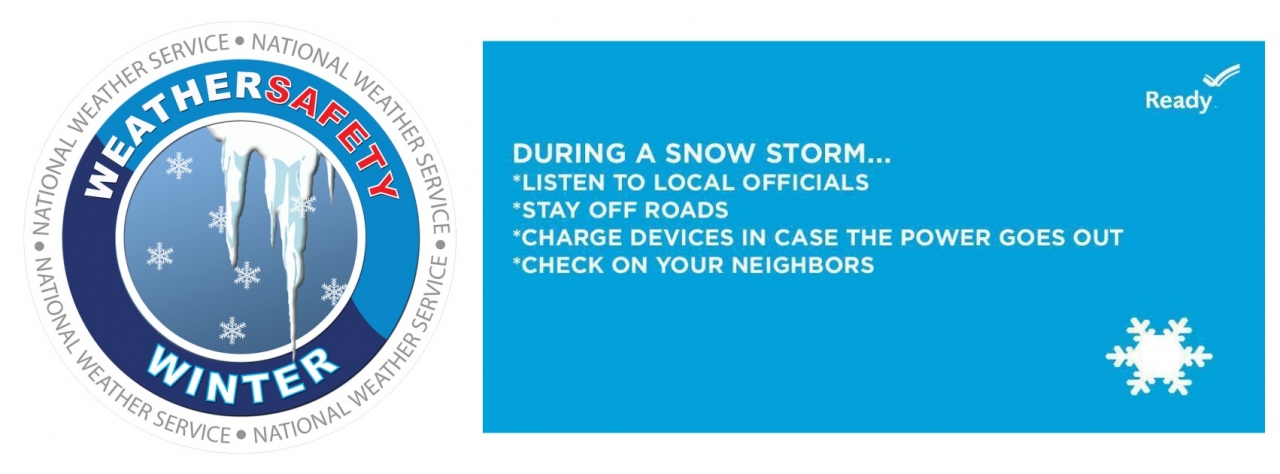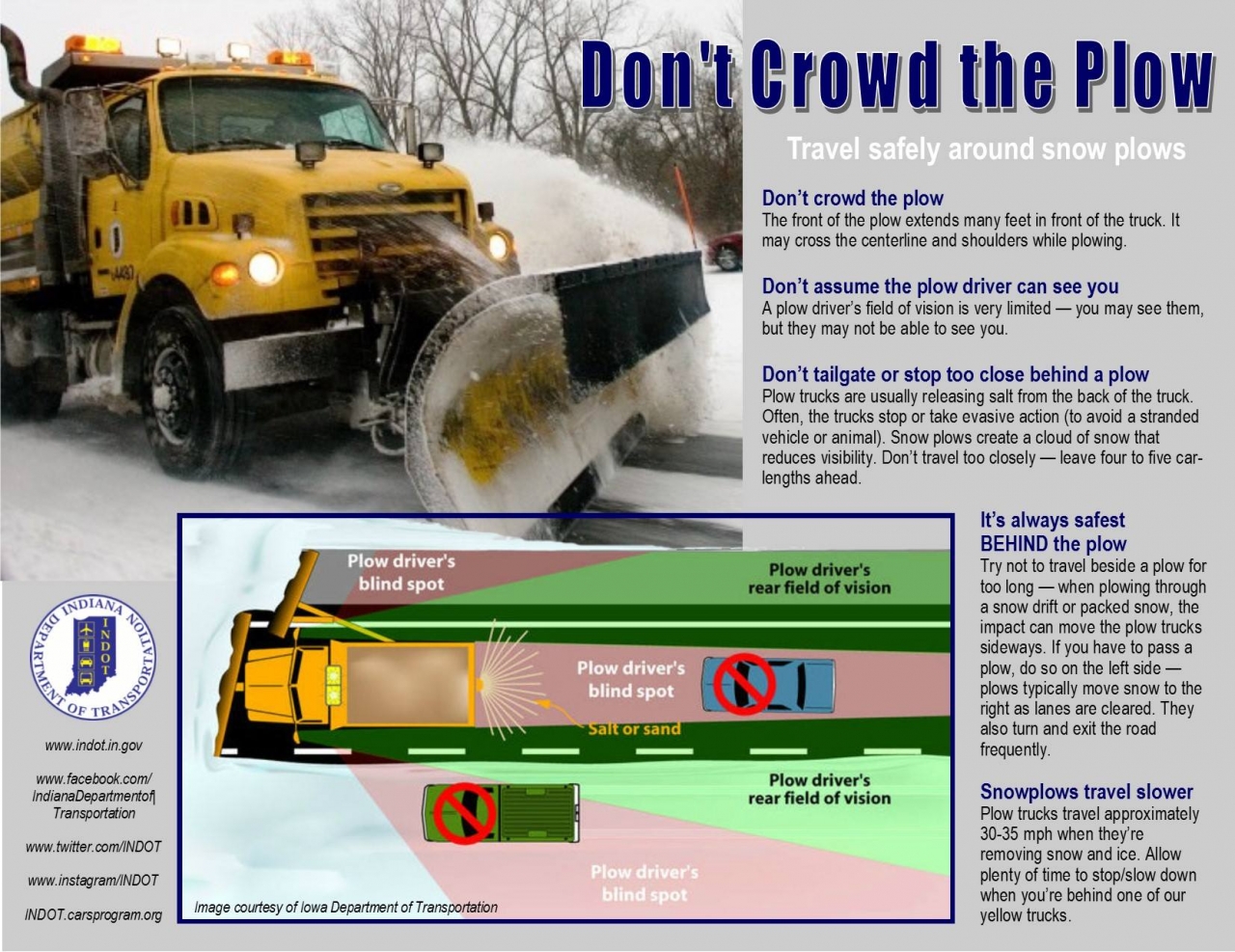Preparing for Winter
Extreme winter weather is responsible for the deaths of hundreds of people in the United States each year, primarily due to vehicle crashes, fires from improper use of heaters, overexertion, and exposure.
Before a Snowstorm & Extreme Cold
- Make a Family Communication Plan Your family may not be together when disaster strikes, so it is important to know how you will contact one another, how you will get back together, and what you will do in case of an emergency.
- Make an Emergency Kit for at least three days of self-sufficiency.
- Keep space heater safety in mind: Use electric space heaters with automatic shut-off switches and non-glowing elements. Remember to keep all heat sources at least three feet away from furniture and drapes.
- Make sure you have a cell phone with an emergency charging option (car, solar, hand crank, etc.) in case of a power failure.
- People who depend on electricity to operate medical equipment should have alternate arrangements in place in case power is out for an extended period of time.
- Plan to check on elderly/disabled relatives and neighbors.
- Plan to bring pets inside.
- Know where the manual release lever of your electric garage door opener is located and how to operate it in case you lose power.
- Fill a gallon container with water and place them in the freezer to help keep food cold.
- An NOAA Weather Radio broadcasts alerts and warnings directly from the NWS for all hazards. You may also sign up in advance to receive notifications from your local emergency services.
Right Before a Snowstorm & Extreme Cold
- Listen to local area radio, NOAA radio, or TV stations for the latest information and updates.
- Be prepared to evacuate if you lose power or heat and know your routes and destinations.
- Find a local emergency shelter.
- Check the emergency kits and replenish any items missing or in short supply, especially medications, and medical supplies. Keep it nearby.
- Be sure you have ample heating fuel. If you have alternative heating sources, such as fireplaces, wood- or coal-burning stoves, or space heaters, be sure they are clean and in working order.
- Check that your fire extinguisher(s) is in good working order, and replace it if necessary.
- Bring your companion animals inside and ensure that your horses and livestock have blankets if appropriate and unimpeded access to shelter, food, and non-frozen water.
After a Snowstorm & Extreme Cold
- Continue listening to local news or NOAA Weather Radio for updated information and instructions.
- Access to some parts of the community may be limited or roads may be blocked.
- Help people who require special assistance—infants, elderly people, those without transportation, large families who may need additional help in an emergency situation, people with disabilities, and the people who care for them.
- Avoid driving and other travel until conditions have improved.
- Avoid overexertion. Heart attacks from shoveling heavy snow are a leading cause of death during the winter.
- Check on your animals and ensure that their access to food and water is unimpeded by drifted snow, ice, or other obstacles.
- If you are using a portable generator, take precautions against carbon monoxide poisoning, electrocution, and fire.

For more information on Winter Preparedness, click on the following links:
- Video - FEMA Winter Preparedness
- IDHS - Winter Weather Safety
- Ready.gov - Snowstorms & Extreme Cold
- NWS - Wind Chill Chart
- CDC - Winter Weather
Check Driving Conditions:

